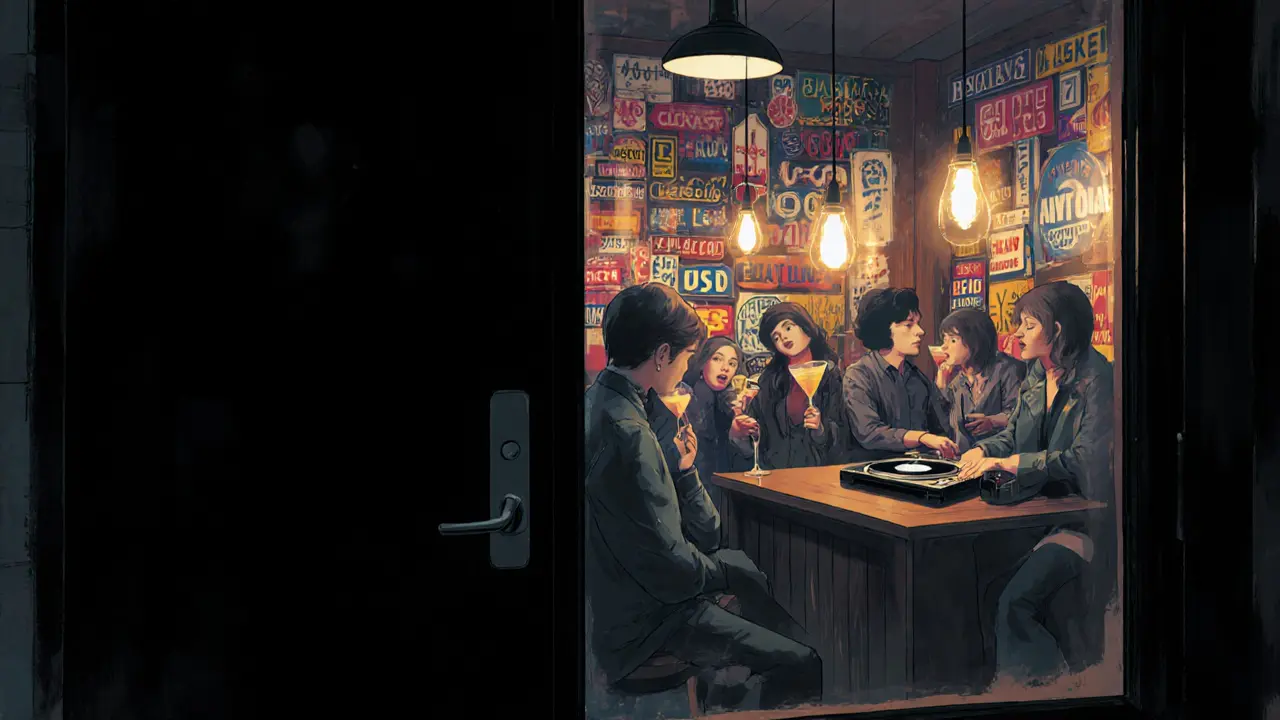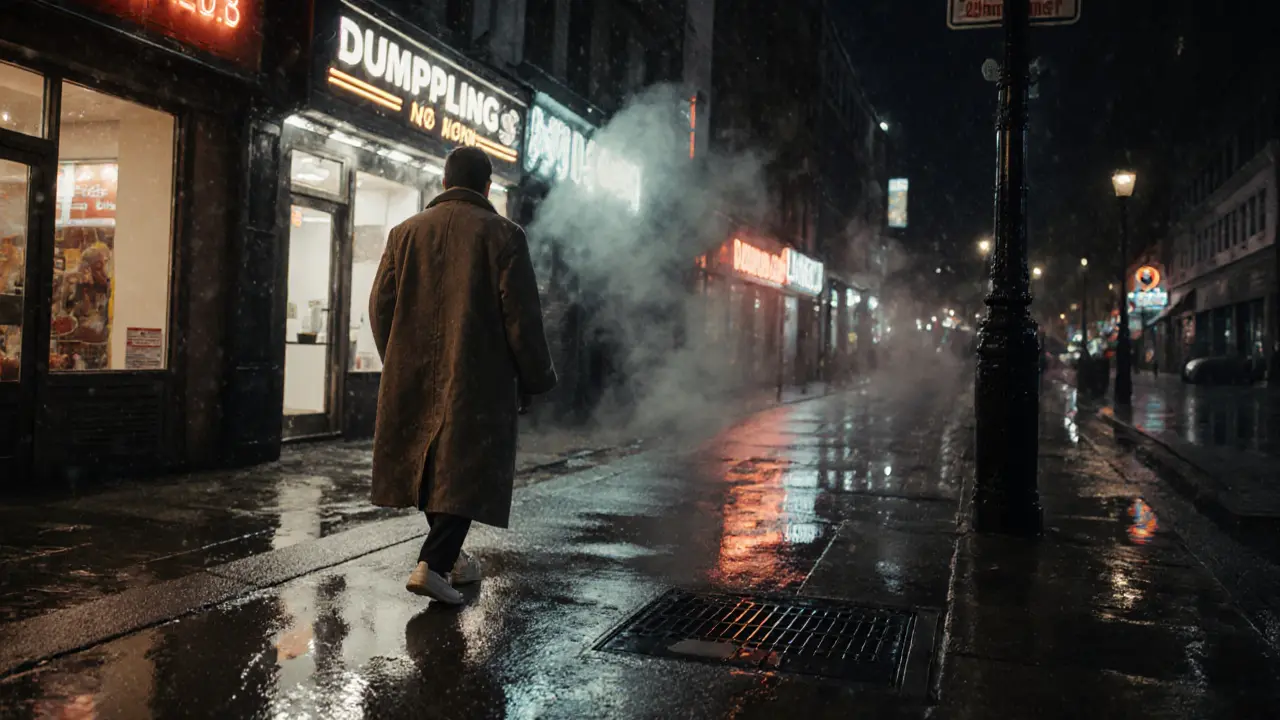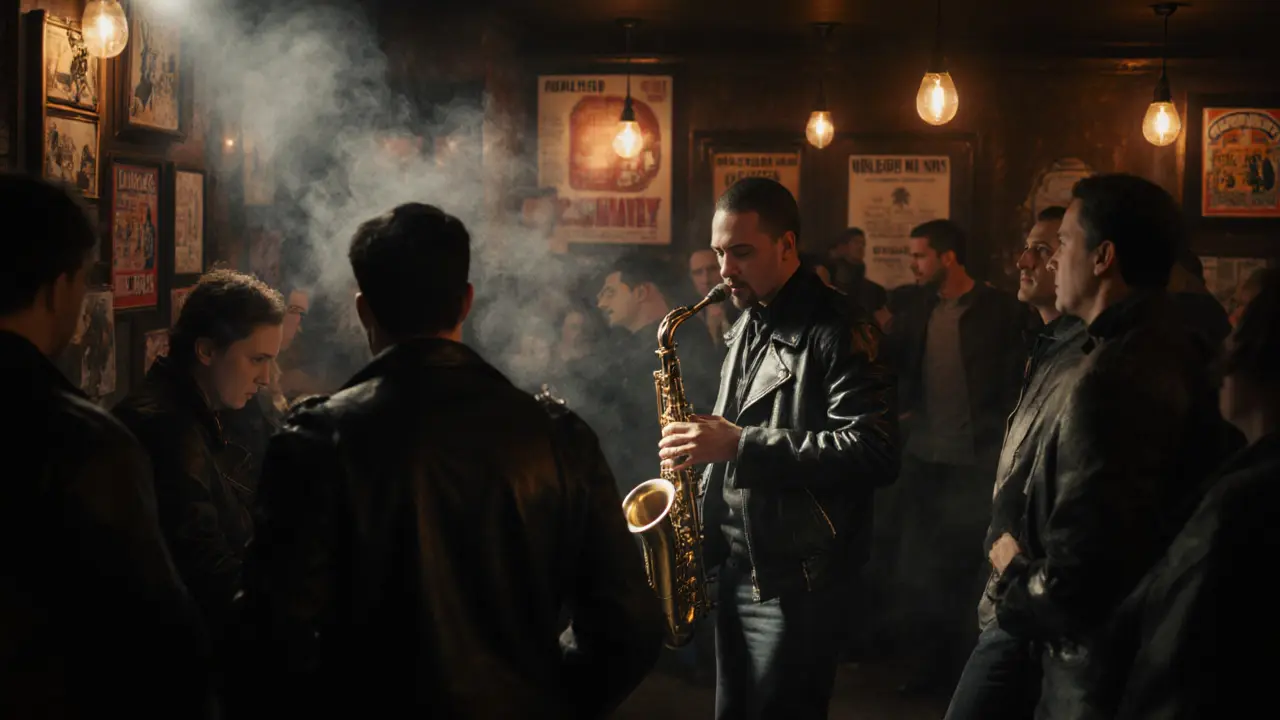London doesn’t sleep - it just changes outfits.
You can walk into a dimly lit jazz bar in Soho at 11 p.m. and leave three hours later dancing on a rooftop in Shoreditch with a £12 gin and tonic in hand. That’s London nightlife. No single scene defines it. No one club owns it. It’s a living, breathing network of hidden speakeasies, warehouse raves, live music dens, and 24-hour dumpling spots where the bouncer knows your name by Tuesday.
Most tourists stick to Leicester Square or Camden. That’s fine if you want to pay £18 for a pint and stand in line behind a group of stag dos yelling about football. But if you want to party like a Londoner - the kind who knows where the real music is, who drinks gin neat at 3 a.m., and who doesn’t care if the club doesn’t have a name on the door - then this guide is for you.
Where the locals go: The real hotspots
Forget the guidebooks. The best clubs in London don’t advertise. They whisper.
The Jazz Cafe in Camden isn’t just a venue - it’s a Sunday night ritual. Local musicians show up early, jam with guest vocalists, and the crowd? Mostly 30-somethings in leather jackets, not tourists in matching T-shirts. Doors open at 9 p.m., but the real magic starts after midnight when the bass hits just right and the whole room moves as one.
In Shoreditch, The Village is the kind of place you need a friend to get into. No website. No Instagram. Just a plain black door on a quiet street. Inside? A mix of DJs spinning rare vinyl, art installations made from recycled street signs, and a bar that only serves drinks made with British botanicals. They don’t take reservations. You show up, you wait 15 minutes, and if the vibe feels right, you’re in.
For something wilder, head to The Box Soho. It’s not a club. It’s a theatrical experience. Think burlesque, cabaret, and live performance art mixed with house beats. The crowd? Designers, actors, musicians, and people who just want to see what happens when you mix glitter with a bass drop. It’s expensive - £25 cover on weekends - but you’re not just paying for a drink. You’re paying for a story you’ll tell for years.
Bars that don’t look like bars
London’s best drinking spots don’t have neon signs. They’re hidden behind bookshelves, inside phone booths, or down a staircase under a kebab shop.
The Connaught Bar in Mayfair is where bankers and poets end up at the same table. Their signature cocktail, the London Fog, is made with Earl Grey-infused gin, lavender, and a touch of honey. It costs £22, but it’s the kind of drink that makes you pause and think - not just sip.
Down in Peckham, Bar Termini is a tiny Italian-style bar that opened in 2018 and never changed its menu. You order an Aperol Spritz. You get it. You stand at the counter. You talk to the bartender, who’s probably from Naples and has been working here since day one. It’s not fancy. It’s not Instagrammable. But it’s the most honest bar in the city.
And then there’s Nightjar in Shoreditch. It’s a 1920s-style speakeasy with a cocktail menu that changes every three months. Each drink is named after a jazz standard. The ‘I’ve Got Rhythm’ uses bourbon, yuzu, and smoked maple. The bartender explains it like you’re learning a language. You leave not just drunk, but wiser.

Where to eat after the club
London’s nightlife doesn’t end when the music stops. It just moves to the kitchen.
Wagamama on Brick Lane is open until 4 a.m. and serves ramen that tastes better at 2 a.m. than it does at noon. The broth is rich, the noodles are chewy, and the chilli oil? Perfect for burning off last night’s regrets.
For something more upscale, St. John in Smithfield opens at 11 p.m. on weekends. Their bone marrow toast is legendary. You spread it on sourdough, sprinkle sea salt, and eat it with a fork and a smile. It’s not cheap, but it’s the kind of meal that turns a bad night into a good memory.
And if you’re still hungry at 5 a.m., head to Wahaca in Covent Garden. Their tacos al pastor are crispy, spicy, and served with fresh lime. The staff knows you’re hungover before you even speak. They hand you a free agua fresca without asking.
Music that moves the city
London’s music scene isn’t just clubs. It’s alleyways, community centers, and abandoned warehouses turned into sound systems.
Fabric is the temple. Open since 1999, it’s where UK garage, techno, and house were born. The sound system? One of the best in the world. The crowd? Serious. No selfies. No phone lights. Just bodies moving in the dark. Doors open at 11 p.m. and close at 7 a.m. You leave tired, not wasted.
The Windmill in Brixton is where indie bands make their first real noise. It’s a pub with a stage in the back. No VIP section. No bottle service. Just a small crowd, a sweaty guitarist, and a drummer who’s been playing since they were 14. Tickets are £8. You leave with a new favorite band and a bruise from the mosh pit.
And then there’s The Jazz Cafe again - because if you only do one thing in London nightlife, let it be this: sit in the back, let the music wash over you, and don’t check your phone.
What to wear (and what not to)
Londoners don’t dress for clubs. They dress for themselves.
At The Box Soho, expect leather, lace, and glitter. At Bar Termini, jeans and a clean shirt are enough. At Fabric, wear what’s comfortable - the crowd doesn’t care if you’re wearing sneakers or heels. But if you show up in a suit and tie to a warehouse party in Hackney? You’ll be the odd one out.
Rule of thumb: If you’re wearing a branded polo shirt, you’re not in the right place. Londoners value individuality over logos. A well-worn jacket, a vintage watch, or even a single bold accessory says more than a whole outfit from Zara.

How to avoid the traps
There are traps. Always.
Don’t fall for “VIP tables” at places like Ministry of Sound. You pay £500 for two bottles of vodka and a seat in a corner where you can’t see the stage. The real experience? Standing in the middle of the crowd, sweating, singing along, forgetting your name for a few hours.
Don’t drink at the bar if you’re alone. Londoners don’t go out to drink. They go out to connect. Order one drink. Talk to someone. Ask what they’re listening to. You’ll end up at a secret after-party before you know it.
And never, ever take a cab from a nightclub at 4 a.m. unless you’ve booked it through the app. The ones waiting outside? They’ll charge you double. Use Bolt or Uber. Always.
When to go
Friday and Saturday are crowded. That’s fine if you want to be part of the crowd.
But if you want to feel like you’ve found something special, go on a Tuesday or Wednesday. That’s when the locals go. That’s when the DJs test new tracks. That’s when the bartenders have time to tell you the story behind the cocktail.
Some clubs, like The Village, only open on weekends. Others, like Wahaca, are open every night. Check the event calendars. Follow local blogs like Time Out London or Londonist. They don’t always list the best spots - but they list the ones worth checking out.
Final tip: Get lost
The best night in London isn’t planned. It’s stumbled upon.
Walk down a street you’ve never been on. Follow the music. Follow the smell of fried food. Follow the laughter. You might end up in a basement with a DJ spinning reggae from the 80s. Or a rooftop with strangers sharing a joint and a bottle of wine. Or a tiny kitchen where someone’s cooking pasta for 15 people who just met.
That’s London. Not the clubs. Not the drinks. The people. The moments you didn’t plan for.
So put your phone away. Wear comfortable shoes. Say yes to the invitation you didn’t expect. And remember - you’re not here to party. You’re here to live.
What’s the best time to start a night out in London?
Most Londoners start around 10 p.m. - late enough to skip the early rush, early enough to catch the best sets. Clubs like Fabric don’t fill up until midnight, but the real vibe kicks in after 1 a.m. If you’re heading to a bar like Nightjar or The Connaught, arrive at 9 p.m. for the best seats and the most relaxed service.
Is London nightlife safe for solo travelers?
Yes, but be smart. Stick to well-lit areas like Soho, Shoreditch, and Camden after dark. Avoid isolated streets in East London late at night. Use trusted transport apps. Most clubs have security staff who know the regulars. If you feel uneasy, don’t hesitate to ask for help - Londoners are generally helpful, even when they’re tipsy.
How much should I budget for a night out in London?
You can do it for £30 if you stick to local bars, pub grub, and free-entry gigs. But if you want cocktails at Nightjar, a meal at St. John, and a club cover at The Box, plan for £80-£120. Drinks range from £8-£15, meals from £15-£30, and club entry from £10-£25. Skip the VIP packages - they’re overpriced and overhyped.
Are there any free nightlife options in London?
Absolutely. Many pubs in Peckham, Brixton, and Dalston host live music nights with no cover charge. The Jazz Cafe sometimes has free jam sessions on Sundays. Street food markets like Broadway Market and Maltby Street open late and are perfect for casual nights out. You can also find free art openings and pop-up events in warehouse spaces - check local listings.
What’s the dress code for London clubs?
There’s no universal rule. At Fabric, it’s all about comfort - sneakers and hoodies are fine. At The Box Soho, expect bold, creative outfits. At Bar Termini, jeans and a clean shirt work. Avoid branded sportswear, flip-flops, or overly flashy accessories. Londoners value individuality over logos. If you look like you’re trying too hard, you probably are.
Do I need to book tickets in advance?
For big-name DJs or events at Fabric, The Roundhouse, or O2 Academy, yes - tickets sell out fast. For smaller venues like The Windmill or local bars, walk-ins are fine. Speakeasies like The Village don’t take bookings - you just show up. Always check the venue’s website or Instagram the day before. Many places post last-minute changes or surprise guest DJs.

